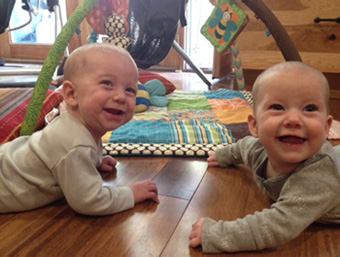Tubal Reversal Pregnancy Report 2009
Notice of Study Update
The following is Dr. Berger’s report from 2009. The corresponding page of an updated report can be seen at:
Tubal Reversal Pregnancy Study Report 2011 – Patient Population
Patient Population and Characteristics
The study population consisted of 5,046 women who underwent tubal reversal surgery from July 2000 through June 2008 at Chapel Hill Tubal Reversal Center.
Women’s Ages
The women in the study ranged in age from 20 to 51 (Figure 1). The mean average was 34 years of age. Approximately three-fourths of the women were in their 30s.
Figure 1. Age Distribution of Study Population

Years of Age
Tubal Ligation Methods
The type of tubal ligation that was performed is an important factor affecting the outcome of tubal reversal surgery. The most common method involved tying and cutting out a segment of the tube (ligation/resection). The second most common method was tubal coagulation (burning the tubes) followed in frequency by mechanical occlusion with tubal clips or rings. Other procedures, including fimbriectomy (removing the end of the fallopian tube) were the least common. In cases where the patient’s operative report of the tubal ligation was not available, the method was classified as unknown.
| Method | Number | Percent |
| Ring | 853 | 17% |
| Clip | 409 | 8% |
| Ligation/resection | 1923 | 38% |
| Coagulation | 1605 | 32% |
| Other/unknown | 256 | 5% |
| Total | 5046 | 100% |
Tubal Reversal Pregnancy Report 2009
Table Of Contents:
- Overview
- Study Method
- Patient Population – US States
- Patient Population – Age and Tubal Ligation Procedures
- Pregnancy Rates by Age and Method
- Pregnancy Rates by Tubal Length
- Pregnancy Outcomes
- Tubal Reversal vs. IVF
- About Pregnancy Statistics









